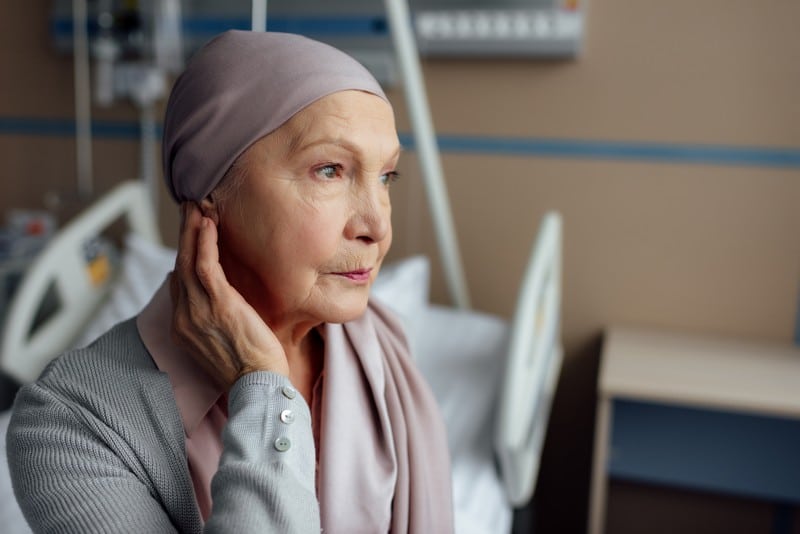Cancer

Acanthosis nigricans rarely indicates cancer, but it sometimes happens, particularly in the case of lymphoma and stomach cancer. This is one of the reasons it is critical for patients with the skin condition not to stop until they get to the root of the matter and eliminate every possible cause.
It should not be brushed aside when dark marks or flaky skin patches appear, especially in the body folds. Instead, patients should have themselves checked immediately to rule out dangerous and life-threatening conditions.
Medical practitioners usually detect acanthosis nigricans through a skin exam. They may even order a biopsy, allowing them to look at a skin sample under a microscope. A biopsy gives doctors further chances to determine if the skin rash is acanthosis nigricans or another skin condition with similar symptoms, like physiologic hyperpigmentation. Once confirmed, doctors may order several tests, depending on what potential causes they are leaning towards and based on the patient’s symptoms. Some may prescribe laboratory tests, physical exams, and imaging techniques to know for sure what is the underlying cause. Diagnosis is vital to finding the appropriate treatment to help eliminate and deal with acanthosis nigricans and the primary health condition causing it, whether diabetes or cancer.










